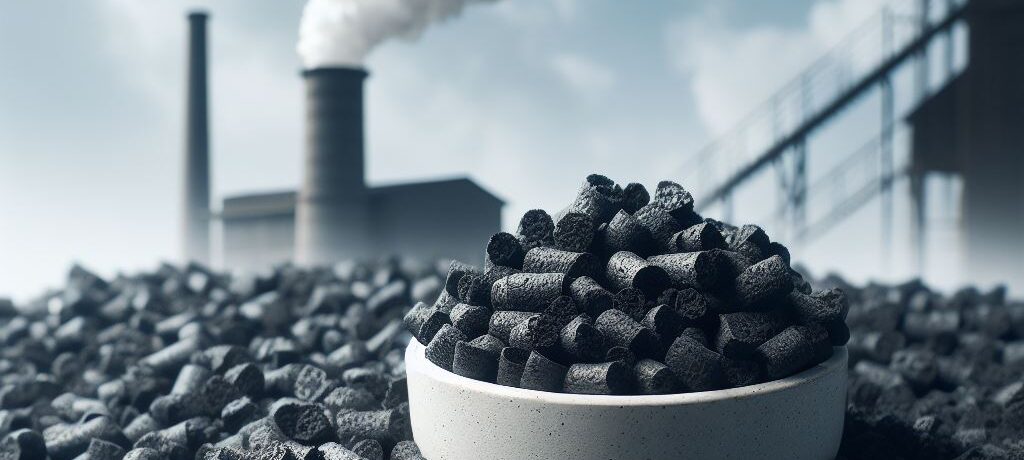
Why Make a RDF Pellet or Briquette?

There are several reasons why someone might choose to make an RDF pellet or briquette:
Improved Handling:
- Reduced volume: Pellets and briquettes are much denser than loose RDF, which makes them easier to store, transport, and feed into combustion equipment. This can significantly reduce associated costs and improve efficiency.
- Reduced dust: Loose RDF can be dusty and difficult to handle, posing concerns for workers and the environment. Pelletizing or briquetting minimizes dust generation and improves working conditions.
- Standardized fuel: Unlike loose RDF with varying compositions, pellets and briquettes offer a consistent fuel quality, allowing for more efficient combustion and better control over emissions.
Enhanced Combustion Properties:
- Higher burn rate: Pellets and briquettes have a higher surface area compared to loose RDF, leading to faster and more complete combustion. This translates to higher energy output and reduced emissions.
- Lower moisture content: The production process often involves drying the RDF, resulting in pellets and briquettes with lower moisture content. This improves combustion efficiency and reduces harmful emissions like nitrogen oxides.
Environmental Benefits:
- Waste management: By utilizing waste as a fuel source, RDF pellets and briquettes contribute to waste diversion from landfills, reducing greenhouse gas emissions and associated environmental impacts.
- Renewable energy: RDF is considered a renewable energy source as it utilizes waste materials instead of fossil fuels. This can help reduce dependence on traditional fuels and contribute to a more sustainable energy mix.
Economic Advantages:
- Cost-effective fuel: RDF pellets and briquettes can be a cost-effective alternative to fossil fuels, especially in regions with limited access to traditional energy sources.
- Job creation: The production and utilization of RDF pellets and briquettes can create new jobs in the waste management and renewable energy sectors.
However, it’s important to consider:
- Investment cost: Setting up a facility to produce RDF pellets or briquettes requires significant investment in equipment and infrastructure.
- Emissions concerns: While improved compared to loose RDF, burning RDF pellets and briquettes still generates emissions, requiring proper emission control systems.
- Social acceptance: Not everyone accepts the use of waste as fuel due to concerns about potential health risks and emissions.